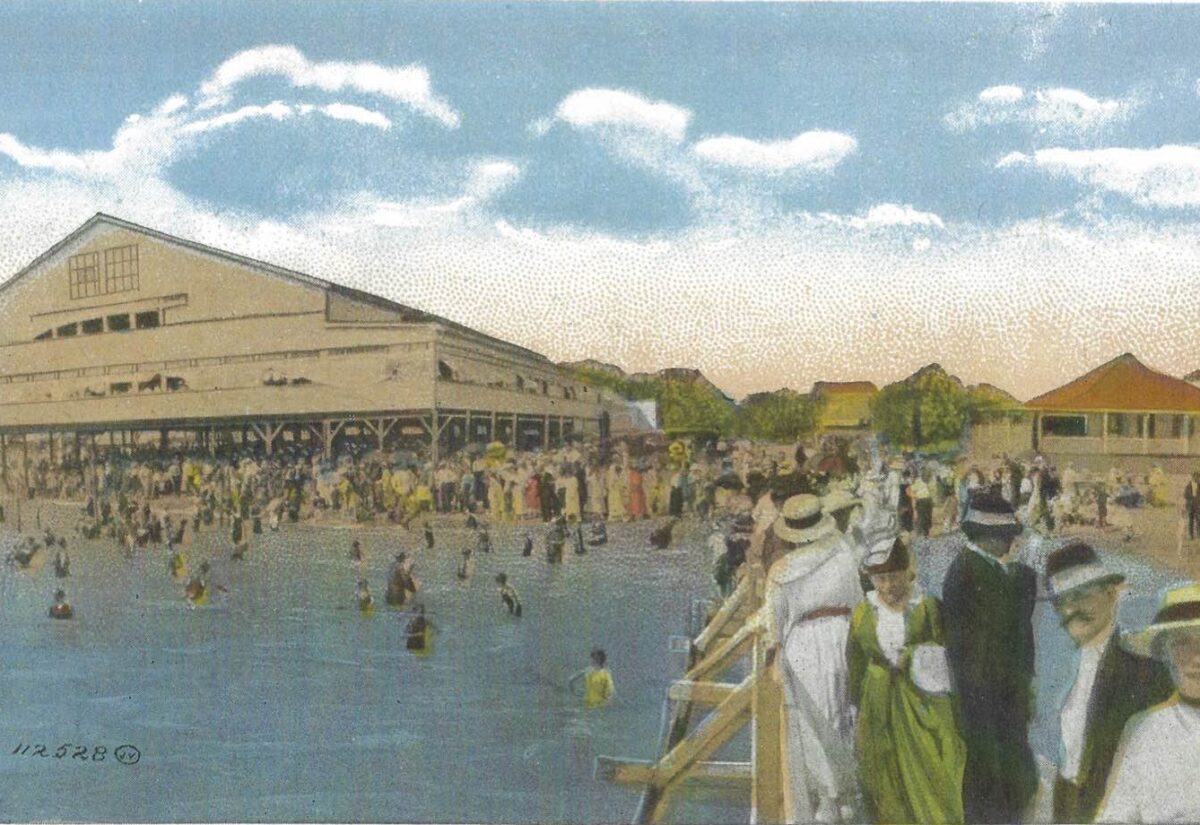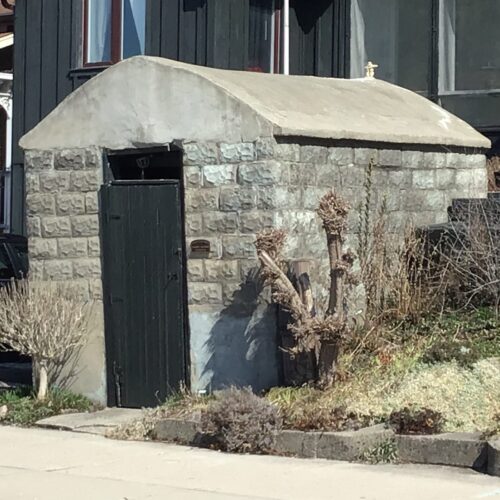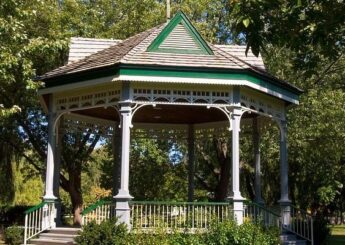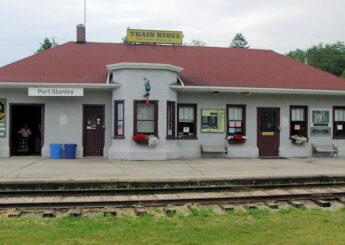Preserving, displaying and sharing the history of Port Stanley.
Discover iconic landmarks and stories from Port Stanley's rich past on a self-guided 75–90 minute tour.
Support the preservation of Port Stanley’s heritage, stay connected with community events, and help shape our local history for future generations.
Step into the heart of heritage at Heritage Port Stanley, where local stories come to life. Wander through tales of railways and lighthouses, uncover hidden landmarks, and experience the spirit of a community shaped by water, trade, and tradition. Whether you’re here to learn, explore, or connect, let Port Stanley’s rich past guide your journey through history.
info@heritageportstanley.ca
205 Main St, Port Stanley, Ontario, Canada
Heritage Port Stanley sparks a journey through time, connecting people to nature, culture, and the stories that inspire a brighter future.
Explore the rich history of Port Stanley with our self-guided walking tour. This 75–90 minute tour will take you through the heart of the village, showcasing its most significant historical landmarks.
Discover Thompson House (1840), the 1910 Bank Building, Russell House (1870), the Bostwick Warehouse (1822), and more. A highlight of the tour is the King George VI Lift Bridge and the iconic London & Port Stanley Terminal Rail Station.
For a more immersive experience, you can download a copy of the tour’s descriptive text or listen to the MP3 audio guide as you walk.

The Payne House was built in 1873 by Manuel Payne on the site of Col. John Bostwick's residence, and encompasses its original foundation. Built of yellow brick in the early Victorian style, it mixes the gables of Gothic Revival and the bay windows and quoining of the Italianate style. Manual Payne was a railway agent, telegraph and telephone operator, customs officer, express agent, issuer of marriage licenses, and the first postmaster of the village.
The Russell House, also known as the Sweeney House, is one of Port Stanley’s oldest surviving structures, located at 211 Main Street. Built in the early 1870s from locally produced “strawberry bricks,” the building originally operated as a hotel, serving travelers arriving by rail and lake.
Built circa 1915 during the boom of the fishing industry, the cork kiln was important for the drying of the cork used for floating fish nets. The kiln was built into the side of the hill as a natural way to maintain dry heat. Today, it stands as a rare reminder of early industrial ingenuity on the coast. It remains one of the few surviving structures of its kind in Ontario.













